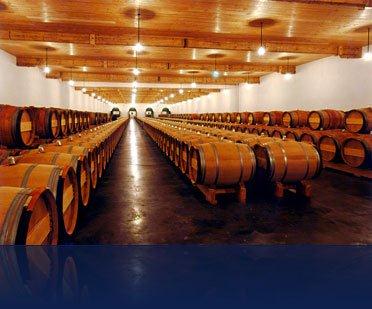2008 Château Duhart-Milon Pauillac Bordeaux France Wine Tasting Note
9247 Views
|
2008
Château Duhart-Milon (Pauillac)
Far too young, but someone has to taste these in the name of science. With air and effort, smoke, tobacco, blackberry and earthy scents leads to a fresh, crisp, tannic, young Pauillac with good concentration that will be more fun to drink in 6-10 years. From a blend of 73% Cabernet Sauvignon and 27% Merlot, the wine reached 13.1% ABV. 9,247 Views Tasted Sep 1, 2014 |

When to Drink Chateau Duhart Milon, Anticipated Maturity, Decanting Time
Chateau Duhart Milon needs time in the cellar. But it can be enjoyed on the young side with decanting. Young vintages can be decanted for an average of 2-3 hours, give or take. This allows the wine to soften and open its perfume. Older vintages might need very little decanting, just enough to remove the sediment.
Chateau Duhart Milon is usually better with about 8-12 years of bottle age. Of course, that can vary slightly, depending on the vintage character. Chateau Duhart Milon reaches its peak maturity between 10-30 years of age after the vintage.
Serving Chateau Duhart Milon with Wine, Food, Pairing Tips
Chateau Duhart Milon is best served at 15.5 degrees Celsius, 60 degrees Fahrenheit. The cool, almost cellar temperature gives the wine more freshness and lift.
Chateau Duhart Milon is best served with all types of classic meat dishes, veal, pork, beef, lamb, duck, game, roast chicken, roasted, braised, and grilled dishes. Duhart Milon is also good with Asian dishes, and hearty fish courses like tuna, salmon, mushrooms, and pasta.
Chateau Duhart Milon became much more expensive in 2009. This is because of the massive, increased Asian demand for wine, due to the fact it shared ownership with the First Growth estate, Chateau Lafite Rothschild. However, by 2012, prices had slipped for the wine, making it more of an attractive purchase.

